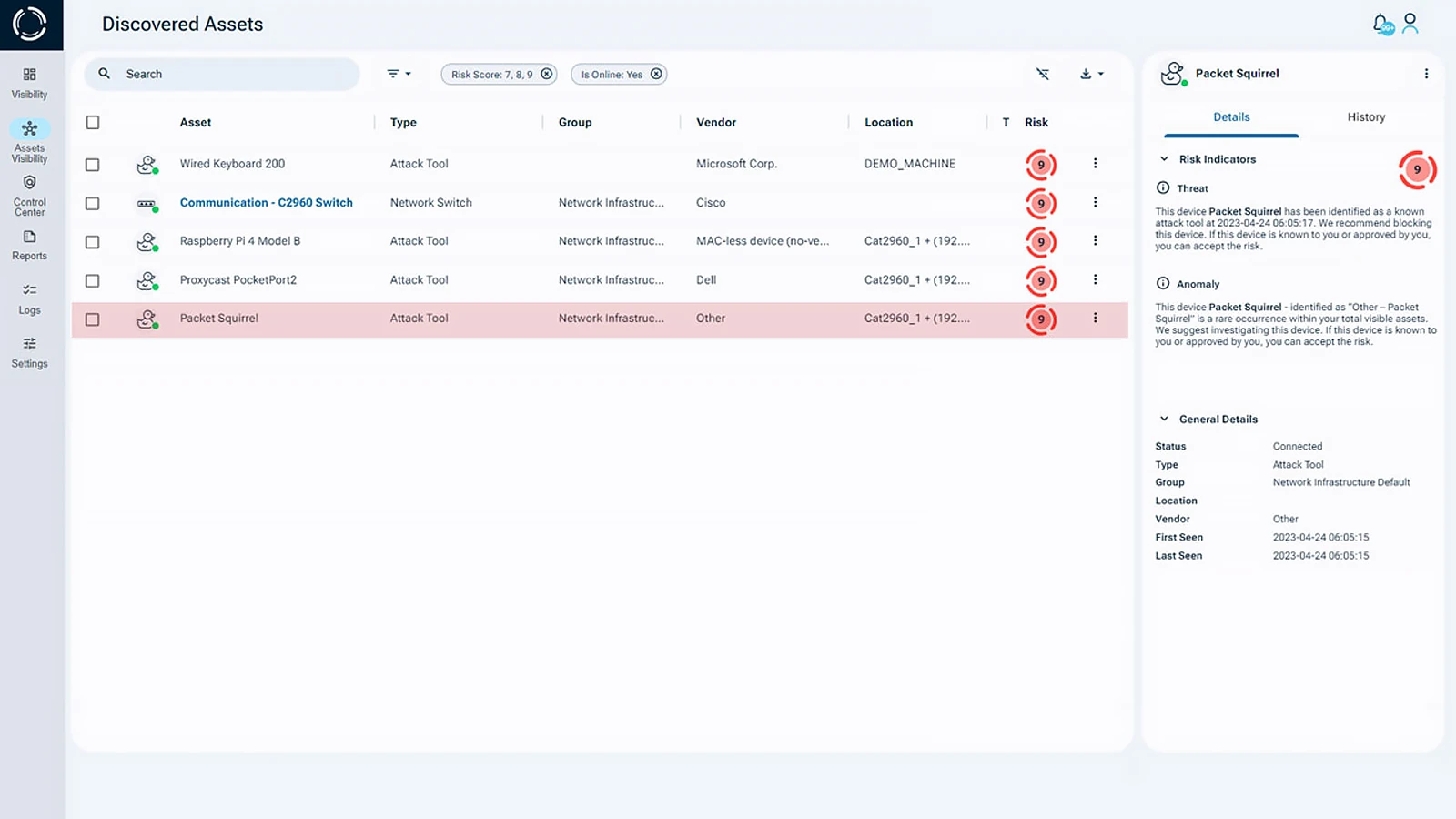Hardware Based Security
Hardware based security uses physical devices and embedded technologies to protect computers and networks from cyber threats. It offers better visibility into connected devices, stronger integrity checks, and better protection against tampering. These features make it a key part of any cyber security strategy.
As hardware attack tools become more common, especially in government, health services, finance, energy, and transport, hardware based security becomes even more critical. These sectors provide vital services. Their security is a matter of national importance.
Pairing hardware based security with a Zero Trust model helps reduce risk. In this model, no user or device is trusted by default. Every access request is checked based on identity, behavior, and context.
Hardware Based Attacks and Rogue Devices
Hardware based attacks use rogue devices that operate at the physical layer. These devices trick current network security tools and hide by pretending to be real human interface devices. For example, a spoofed keyboard might look like a normal device, but it is not.
Some devices, called network implants, also work at the physical layer. They bypass tools like Network Access Control (NAC). Since they don’t raise alerts, they are extremely dangerous. They can stay hidden for a long time.
For a hardware attack to work, the hacker first needs to physically reach the system. Once a rogue device, a hardware attack tool, is plugged into the network, it can let the hacker get in remotely. The hacker can then steal data, spy on users, inject malware, or launch other attacks like DDoS, MiTM or Evil Maid.
Critical infrastructure is often a target for these hardware based attacks. Even if the attack causes no damage, just gaining access can harm public trust and hurt national security. That’s why hackers are often linked to governments.
Hardware Based Security Risks
Each IT infrastructure has unique hardware based security risks, but many share the same weak spots:
Outdated Legacy Systems
Many systems in critical infrastructure are old and cannot be updated. These legacy systems were built for past threats and can’t handle today’s attacks. This makes them easy targets. If a system can’t be updated, it becomes a weak point for hackers.
Integrated Technology Environments
Modern systems connect IT, OT, and IoT. This brings many benefits but also more risk. A cyber attack can now cause real world damage, as seen in the Stuxnet attack.
These environments allow hackers to enter through one weak spot and move across the network. Some IoT devices used in public areas are easy to access. This makes it easier for hackers to get close enough for a hardware based attack.
Challenges in Large Organizations
Large organizations often have thousands of connected network devices. Managing them all is hard. If you can’t see a device, you can’t stop it from doing harm.
Also, these organizations may not have full visibility into the physical layer. Some hospital areas have weak physical security, making it easy for and evil patient to carry out hardware based attacks.
Worse, some departments might follow weaker security rules than others. If one team has poor controls, the whole network security is at risk. You’re only as strong as your weakest link.
Zero Trust Hardware Based Security
Many organizations still trust internal users and devices too much. This trust gives hackers an easy path if they gain access from the inside.
The Zero Trust removes the idea of trust, every user and device must be checked each time they try to access the network. It also uses micro segmentation to break the network into smaller zones. This limits how far an hacker can go if they get in.
Micro-segmentation is especially helpful in complex, connected systems like those in critical infrastructure.
Zero Trust is even stronger when paired with Zero Trust Hardware Access (ZTHA). This adds another layer of defense by focusing on physical devices.
Connected Assets Visibility
To properly implement a Zero Trust Architecture, organizations need full visibility into all connect network assets, especially when it comes to hardware based attacks. Hardware based security starts with knowing the true identity of every device on the network. This helps block hardware attack tools that try to bypass security. These devices are often hidden or pretend to be legitimate, making them hard to detect. If an organization can’t see a device or its true identity, Zero Trust might allow a rogue device to access the network.

Endpoint and Network Hardware Security
Sepio’s Asset DNA provides a full profile of every device, whether it’s IT, OT, IoT, or a peripheral, even those without a unique ID.
Unlike tools that rely on behavior analysis, Sepio uses patented algorithms to avoid false positives. This gives you accurate, trusted visibility into your Cyber-Physical Systems (CPS), without being misled by fake device profiles.
With Sepio, your security team gets clear, data driven insights for managing hardware risks. This strengthens your hardware based security posture and helps protect against hardware based attacks.

Actionable Risk Prioritization
Sepio gives each connected device a risk score. This score is based on Asset DNA, business context, location, and custom rules. Devices are grouped into high, medium, or low risk levels.
This helps your team spot threats faster, fix compliance issues, and prevent damage before it happens.
Sepio also monitors assets in real time. If a device’s behavior or risk level changes, you’re alerted immediately. Machine learning, big data, and open source intelligence (OSINT) make detection even stronger.
Key Benefits
- Full visibility of all IT, OT, IoT, and IoXT devices, without analyzing network traffic
- Automatic detection and control of rogue USB and network hardware
- Strong protection against hardware based attacks, insider threats, and supply chain risks
See Every Known and Shadow Asset
Talk to an expert. It will help you understand how to use Sepio’s patented technology to gain control of your asset risks.






